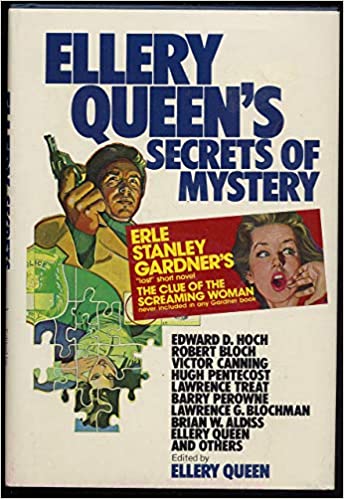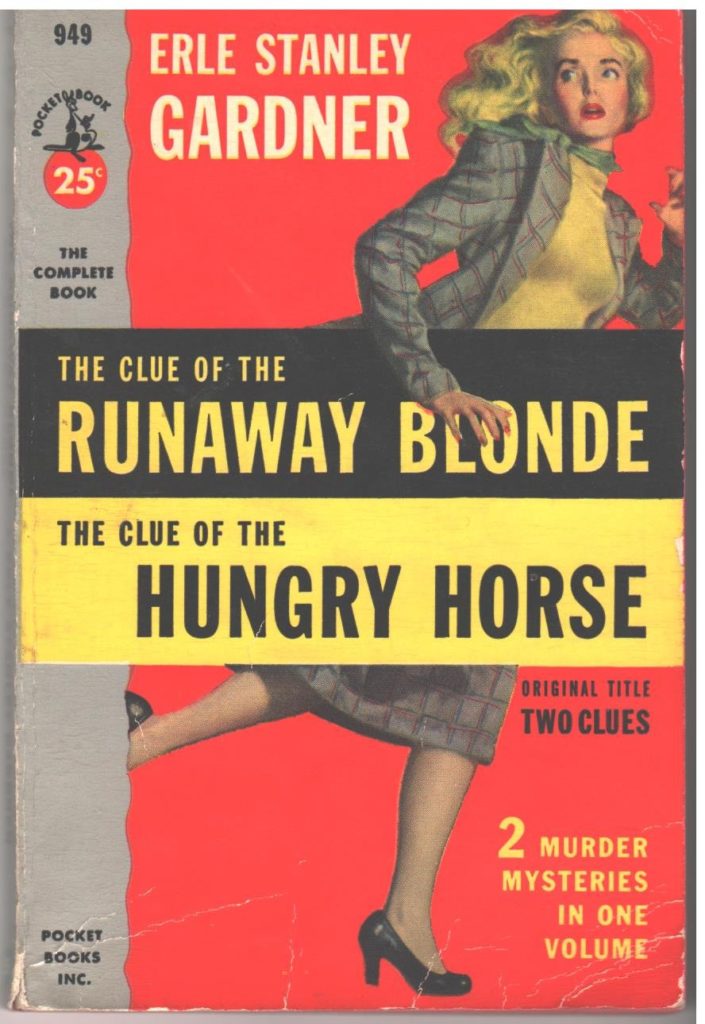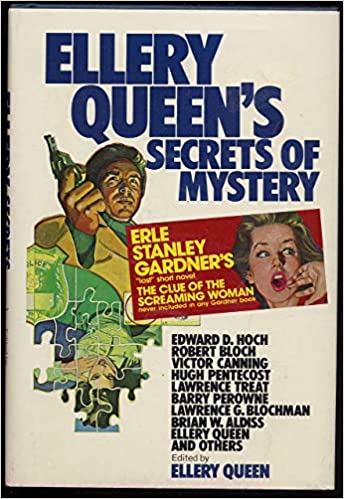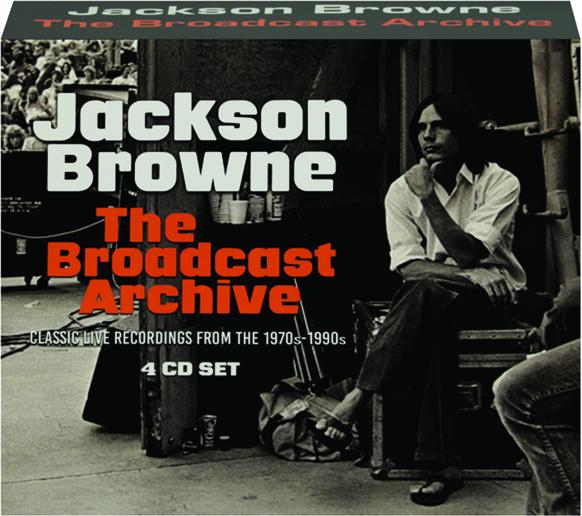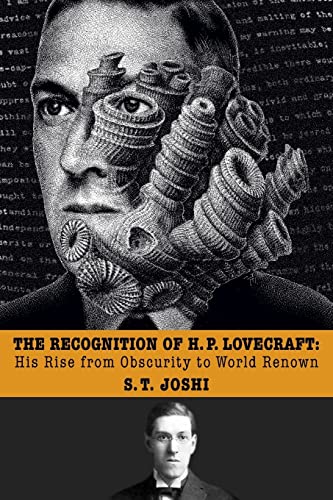
I first read H. P. Lovecraft in the early 1960s. Lancer Books published The Dunwich Horror and Others in 1963 and when I read it, I was hooked! Here’s the Table of Contents for that Lancer Books edition:
| Introduction: H.P. Lovecraft and his work / August Derleth | ||
| In the vault | ||
| Pickman’s model | ||
| The rats in the walls | ||
| The music of Erich Zann | ||
| The haunter of the dark | ||
| The Dunwich horror | ||
| The thing on the doorstep |
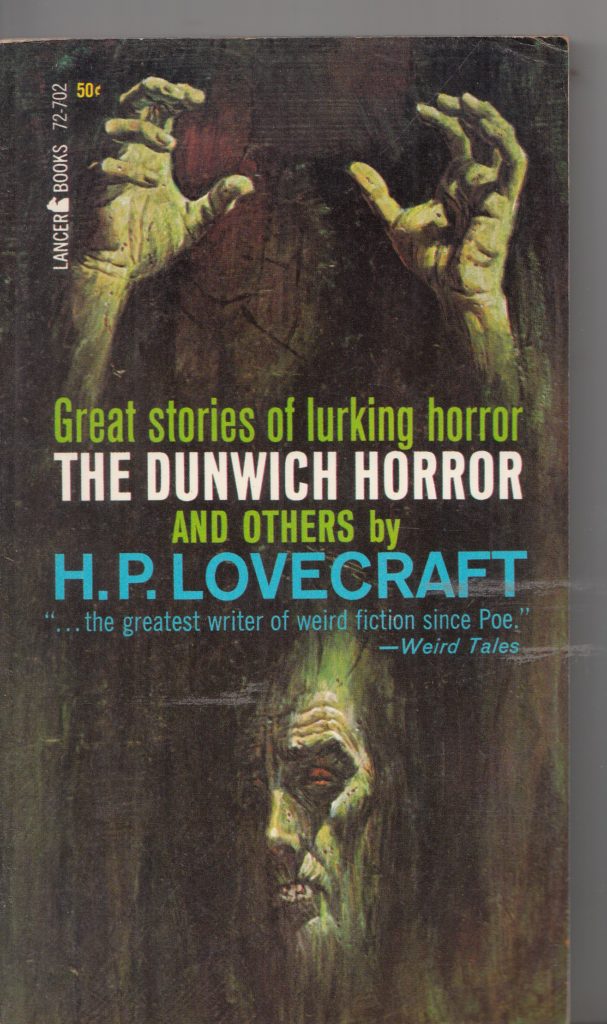
After that, I scoured used bookstores more more Lovecraft books. Lancer Books published THE COLOUR OUT OF SPACE and Others in 1967. Then, in the early 1970s, Ballantine Books started reprinting volumes of Lovecraft’s works.
Over the years, H. P. Lovecraft–who died in obscurity and poverty–steadily attracted new readers. Lovecraft pastiches proliferated. How did an unknown writer end up with a volume in the Library of America series? T. S. Joshi tracks the growth of Lovecraft’s recognition and status over the decades. If you’re interested in how a writer can go from zero to world renown, give The Recognition of H. P. Lovecraft a try. Are you an H. P. Lovecraft fan? GRADE: A
TABLE OF CONTENTS:
PREFACE –7
I. Beginnings (1905-1922) — 9
II. The Pulp Era (1923-1937) — 35
III. Arkham House: The Early Years (1937-1945) — 79
IV. The Beginnings of Worldwide Disseminaton (1946-1959) — 115
V. Paperbacks and Movies (1960-1971) — 139
VI. The revival of Scholarship (1971-1979) — 163
VII. Looking Toward the Centennial (1980-1990) — 199
VIII. The Road to Canonization (1991-2005) — 231
IX. Dissemination and Controversy (2006-2020) — 263
Epilogue — 311
Bibliography — 315
Index — 319

